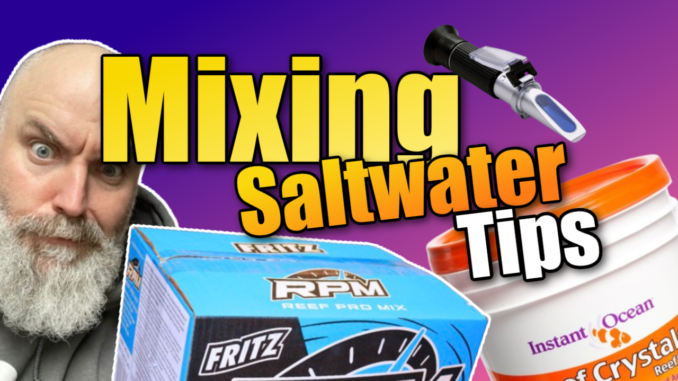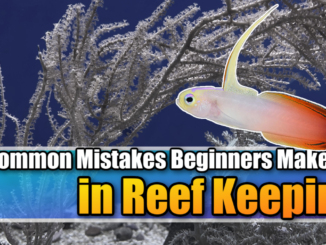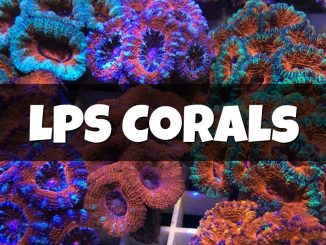
How to Mix Saltwater for Aquariums
Mixing saltwater for aquariums is a crucial step in maintaining a healthy marine environment for your aquatic inhabitants. Whether you’re setting up a new aquarium or conducting regular water changes, it’s essential to mix saltwater correctly.
This guide provides an outline for mixing saltwater, but it’s important to note that the manufacturer’s instructions for your specific marine salt mix should always take precedence.
The instructions provided by the manufacturer are tailored to the unique composition of their product and are designed to ensure optimal water quality for your aquarium.
Importance of Following Manufacturer’s Instructions
Before you begin mixing saltwater, carefully read and follow the instructions provided by the manufacturer of your marine salt mix. These instructions are specifically formulated to achieve the best results with their product and can vary between different brands and types of salt mixes.
Adhering to the manufacturer’s guidelines will help ensure that you achieve the correct salinity, pH, and other reef tank parameters, which is essential for the health and well-being of your aquatic life.
Top 4 Saltwater Mixing Questions Answered
1. Gather Your Supplies
Ensure you have the following items:
- Marine Salt Mix: Choose a high-quality marine salt mix designed for aquariums. It should contain necessary trace elements and minerals.
- RO/DI Water: Use reverse osmosis/deionized water for purity and to prevent algae growth and water quality issues.
- Mixing Container: A clean, food-grade container large enough for your required volume. A 5-gallon bucket is commonly used.
- Heater and Thermometer: To adjust and monitor the water temperature.
- Powerhead or Air Pump: For circulating the water and ensuring the salt is thoroughly dissolved.
- Hydrometer or Refractometer: To measure the specific gravity or salinity of the water.
2. Prepare the Water
- Fill the mixing container with RO/DI water, slightly more than you need.
- Set the heater in the container to match your aquarium’s temperature (typically 75-82°F or 24-28°C).
3. Add the Marine Salt
- Gradually add the marine salt mix while stirring or with the powerhead running. Follow the manufacturer’s instructions for the correct amount to achieve the desired salinity. A salinity of 1.023 to 1.026 (specific gravity) is ideal for most marine aquariums.
- Allow the salt to dissolve completely, which may take several hours, with continuous water circulation.
4. Test and Adjust the Salinity
- Use a hydrometer or refractometer to check the salinity. If it’s too low, add more salt mix; if it’s too high, add more RO/DI water.
- After reaching the desired salinity, mix the water for an additional hour to ensure stability.
5. Check the Temperature and pH
- Ensure the water temperature matches your aquarium’s. Adjust the heater if necessary.
- The pH should be between 8.1 and 8.4 for a marine aquarium. Use a pH buffer to adjust if needed.
6. Use the Saltwater
- The saltwater is ready for water changes or setting up a new aquarium once all parameters are within the desired ranges.
- Add the water slowly to the aquarium to avoid disturbing the substrate or inhabitants.
7. Storage
- Store excess saltwater in a clean, sealed container for future use. Check the salinity and temperature before adding it to your aquarium.
Conclusion
Mixing saltwater for your aquarium requires attention to detail and strict adherence to the manufacturer’s instructions. By following these steps and using the right equipment, you can create a stable and healthy marine environment for your aquatic life. Regular testing and maintenance of your aquarium water are essential for long-term success.




